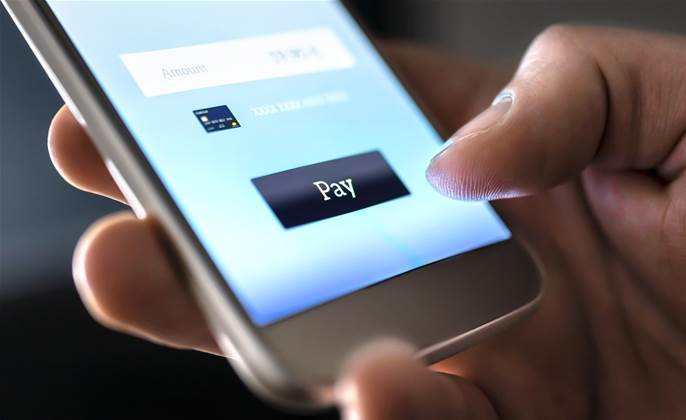The rise of blockchain and stablecoins, CBDCs, and payments as a platform are the three key trends transforming digital money transfer, according to a new report from Juniper Research.
The report reveals that digital domestic money transfer payments will see 50 percent growth by 2026, reaching $300B, up from $207B in 2022.
According to a whitepaper on the topic, “Cross-border transfer has evolved from being solely a sphere of migrant economies to fully fledged corridors, where new actors emerge presenting novel solutions to challenges involving such transactions in terms of access, cost, and speed.

“As such, we are now witnessing the emergence of new technologies and/or applications of them in this particular context, with blockchain, stablecoins and CBDCs (Central Bank Digital Currencies) being important disruptors in the market.”
Blockchain and stablecoins
Blockchain-based money transfers are a key disrupter to cross-border international payment systems such as SWIFT, and allow for token-based payments to be made without a third-party intermediary.
Vendors including RippleNet and Coinbase allow users to receive payments into their crypto wallets, with instant settlement capabilities, as well as a stop-gap in case of errors.
The authors define stablecoins as “digital currencies recorded on distributed ledger technologies that peg their value to an external reference, a stable asset, such as a currency (ie: USD, CNY), commodity (ie, gold) or a financial instrument in a given market.”
The majority of stablecoins are tied to a USD value, and can use both public and private blockchains.
According to the report, “The current use cases of stablecoins on public blockchains have surged from 2020, with the most common stablecoin use case for cross-border transactions being payments, in which these currencies have the potential to lower payment barriers thanks to their cheaper, real-time, or near-real-time P2P money transfer capabilities made between digital wallets, which would pose them as direct competitors to instant payment schemes.”
Central Bank Digital Currencies (CBDCs)
Central Bank Digital Currencies are defined as “an electronic equivalent of central bank money, centralised and regulated by the monetary authority of that market that could be used by households and businesses to make payments.”
The blockchain-based tokens are primarily used by individuals and businesses as a cash replacement.
“CBDCs offer the potential for a more efficient payment system with lower costs to use compared to cash. Hence, they present an important opportunity to improve financial inclusion for end users (for instance, unbanked population segments by securing their access to money), as well as lowering the barriers for market entry of payments actors,” the report states.
Mobile money and Payments as a Platform (PaaP)
Payments as a Platform is an enabler to mobile money, which offers an alternative to traditional banking. The PaaP model allows mobile money providers to diversify their offerings, add revenue streams and cut costs by placing payment at its core.
According to the authors, “Where banking services are increasingly accessed from mobile devices, PaaP offerings concerning fast app development and enrichment become vital. Through open APIs, such offerings can be leveraged by multiple actors with ease, including the end users/customers.”
Mobile money services are leveraging PaaP to broaden their value proposition, the authors said.
“Juniper Research believes PaaP capabilities give mobile money providers, fintechs, banks, and other third parties a massive opportunity to break into the mobile money market and in doing so, will potentially change the makeup of the ecosystem and positively impact financial inclusion.”


.png&h=140&w=231&c=1&s=0)


_(20).jpg&h=140&w=231&c=1&s=0)



_(26).jpg&w=100&c=1&s=0)

 iTnews Executive Retreat - Security Leaders Edition
iTnews Executive Retreat - Security Leaders Edition












_(1).jpg&h=140&w=231&c=1&s=0)



